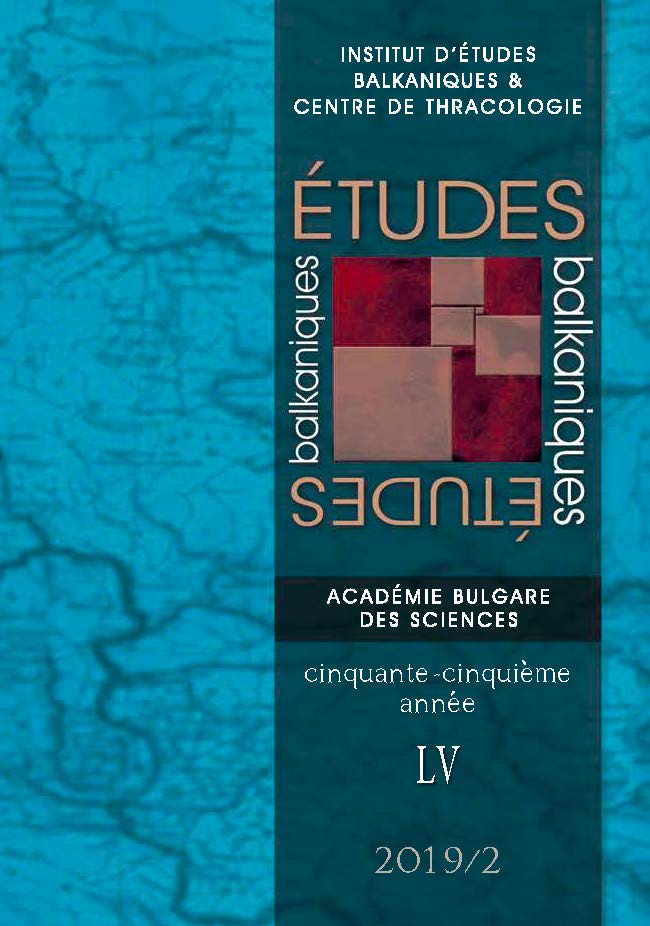LE PRINCE MOLDAVE «ÉCORCHE-CHIENS» ENTRE LA LÉGENDE ET LA RÉALITÉ
BETWEEN LEGEND AND REALITY: THE “DOG-SKINNER” PRINCE OF MOLDAVIA
Author(s): Andrei PippidiSubject(s): History, Modern Age, Theology and Religion, 16th Century, 17th Century, History of Religion
Published by: Институт за балканистика с Център по тракология - Българска академия на науките
Keywords: Prince Stephen the Young; Tyrant and Moldavia; Catholic Clergy; Poland; Diffamatorial Legend;
Summary/Abstract: Several 17th century sources, mostly writings of Catholic missionaries, mention a tradition about a prince of Moldavia whose surname, the Dog-Skinner, evoked scenes of atrocious cruelty. The same notorious character had persecuted the Catholics in his country. His name was Stephen, which leaves us the choice between Stephen IV (1517 – 1527) and Stephen VI (1551 – 1552). The last one was best-known for enacting a ruthless persecution against the Armenians, in order to convert them to the Orthodox faith. The action against Catholics for the same reason was also stirred by the clash of interests with the neighbouring kingdom of Poland, a constant defender of Catholicism in that region. However, Stephen IV was a comparable figure by his autocratic dealing with his own vassals. He is described as a brutal and disloyal man in a letter written in 1523 by the Italian humanist Pietro Martire d’Anghiera, who was then living at the Spanish Court. The letter describes the tremendous bloodshed that determined a rebellion of the Moldavian nobility against that prince. This significant document, certainly inspired by the Poles, describes the evil practices with which the realm of Moldavia was oppressed during those years. The worst charges against Stephen VI repeat what had already been said against the homonymous predecessor. Therefore, the two were joined in the same tradition which has been preserved in the popular memory. Indirect evidence confirms that Armenians and Catholics were both regarded as heretics along the fist half of the 16th century at least at the time of open conflicts with the Ottoman Empire or Poland. Poland’s influence was always great in the West where it contributed to create a Black Legend of despotism, used versus the Romanians each time they tried to impose religious unity at home as a shelter to protect them of the attacks from their neighbours.
Journal: Études balkaniques
- Issue Year: 2019
- Issue No: 2
- Page Range: 278-293
- Page Count: 16
- Language: French
- Content File-PDF

